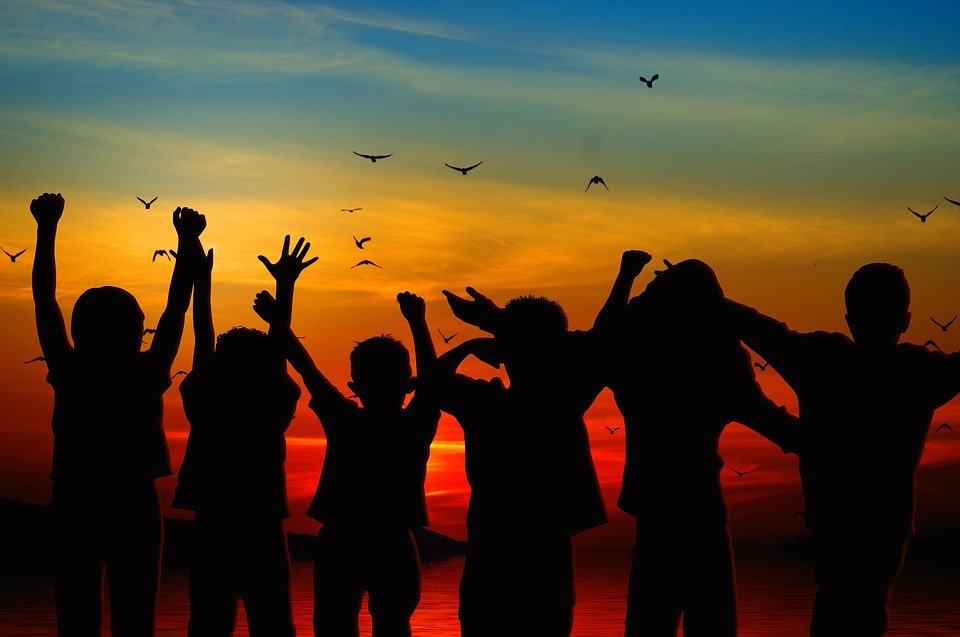Cultural capital refers to the economic impact that arts and culture have on a society. It encompasses the value that is generated through various artistic and cultural activities, including museums, theaters, music, literature, and other forms of creative expression. This article explores the significance of cultural capital and how it contributes to the overall economic development of a nation.
One of the most tangible economic impacts of arts and culture is job creation. The arts and culture sector employs a significant number of people, ranging from artists, performers, curators, and museum staff to event organizers, marketing professionals, and technicians. According to a report by the U.S. Bureau of Economic Analysis, the arts and culture sector contributed $877.8 billion to the U.S. economy in 2017, employing over 5 million people. This demonstrates the potential for job growth and economic stability that the arts and culture industry provides.
Furthermore, arts and culture attract tourists and visitors from all over the world, contributing to the growth of the tourism industry. Many tourists seek out destinations known for their rich artistic heritage and cultural offerings. Museums, historical sites, and festivals become major attractions, generating revenue from entrance fees, ticket sales, and merchandise. For example, the Louvre Museum in Paris, France, attracts millions of visitors each year, boosting the local economy through increased spending on accommodation, dining, and retail.
Cultural capital also plays a crucial role in urban regeneration and revitalization. Cities that invest in arts and cultural infrastructure often experience improvements in their overall quality of life and attractiveness. Cultural districts, such as New York’s Broadway or London’s West End, become vibrant hubs that stimulate economic activity. The presence of theaters, galleries, and music venues creates a positive environment for businesses to thrive, leading to increased property values, investment, and job opportunities.
Moreover, arts and culture contribute to educational and human development. Exposure to arts and culture enhances creativity, critical thinking, and problem-solving skills. It fosters cultural understanding, empathy, and social cohesion, promoting a more inclusive and tolerant society. Many educational institutions recognize the importance of incorporating arts and culture into their curriculum, as it provides students with a well-rounded education and prepares them for the challenges of the modern workforce.
Governments and policymakers are increasingly recognizing the economic potential of cultural capital and investing in the arts and culture sector. They provide funding, grants, and tax incentives to support artistic initiatives, infrastructure development, and cultural events. This recognition stems from the understanding that arts and culture contribute not only to the economic growth of a nation but also to its social and cultural well-being.
In conclusion, cultural capital has a significant economic impact on society. It creates jobs, drives tourism, revitalizes communities, and enhances education and human development. The arts and culture sector should be considered an essential component of any nation’s economic strategy, as it fosters creativity, innovation, and social cohesion, while also contributing to economic growth and prosperity. By investing in arts and culture, societies can reap the economic benefits and enrich their cultural heritage for generations to come.

